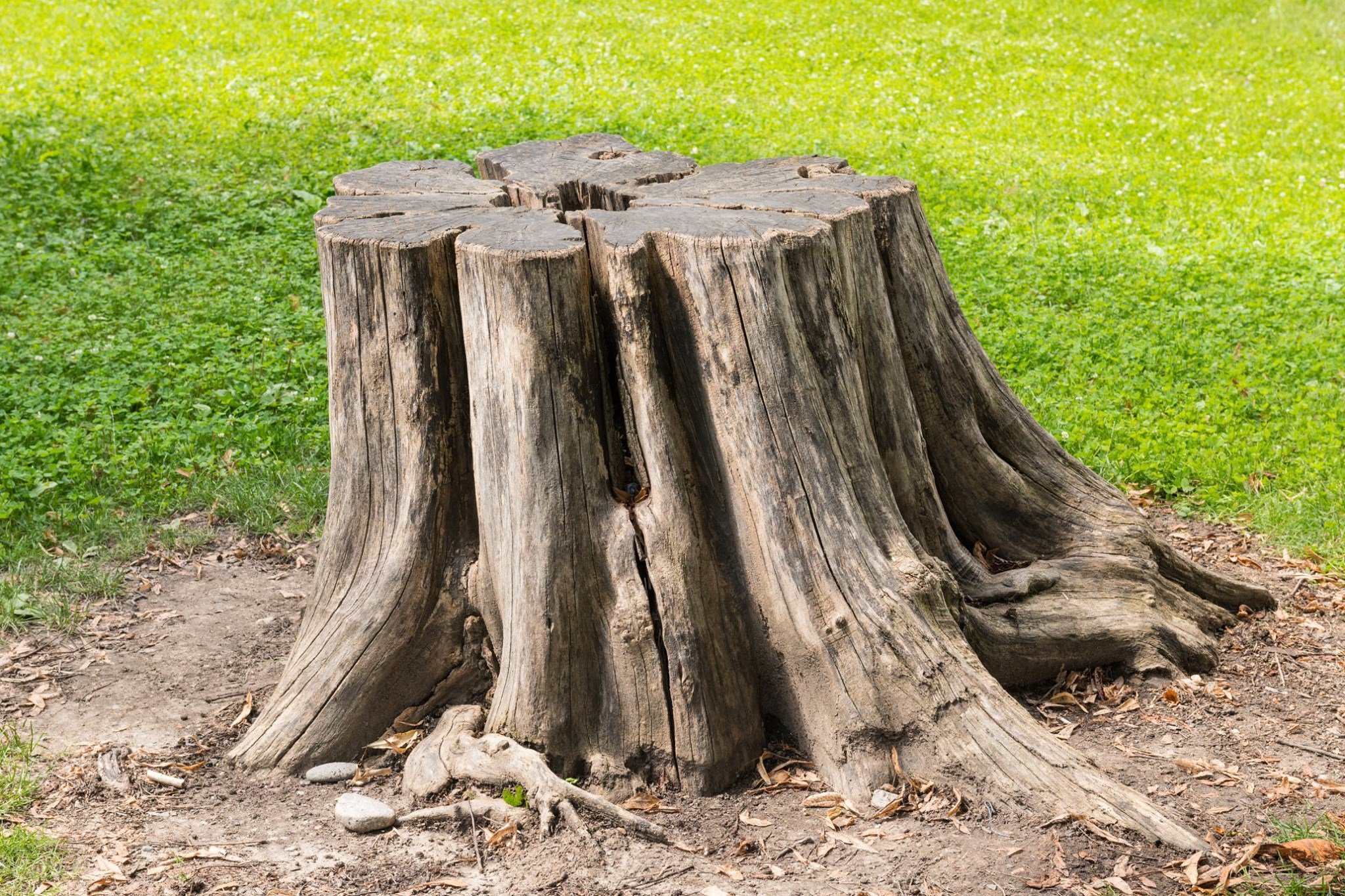
Defining the Challenges of Tree Stumps
Tree stumps, while the remnants of majestic trees, can pose various challenges to property owners. From obstructing landscaping efforts to potential safety hazards, these remnants often call for efficient removal methods. In this article, we explore the world of stump removal, shedding light on the keyword “tree removal.”
Methods of Stump Removal
Mechanical Stump Grinding
- Equipment and Technology: Mechanical stump grinding employs specialized machinery to grind stumps below the surface efficiently. The technology involved ensures precision and effectiveness.
- Process and Efficiency: The process of mechanical stump grinding, from start to finish, guarantees the complete removal of stumps and their root systems.
Chemical Stump Removal
- Understanding the Chemical Approach: Chemical stump removal involves the use of specific chemicals to accelerate natural decay. It is a method that requires careful application and monitoring.
- Application and Considerations: The application process, safety precautions, and considerations for chemical stump removal are essential for successful outcomes.
Natural Decomposition
- Factors Influencing Natural Decay: Several factors, such as tree species, stump size, and environmental conditions, influence the natural decomposition of stumps.
- Pros and Cons: Understanding the advantages and disadvantages of allowing stumps to decompose naturally can help property owners make informed decisions.
Benefits of Stump Removal
Aesthetics and Landscape Enhancement
- Eliminating Eyesores: Stump removal instantly improves the visual appeal of a landscape by eliminating unsightly remnants.
- Creating Space for Landscaping: The absence of stumps opens up opportunities for creative landscaping and gardening endeavors.
Safety and Pest Control
- Mitigating Safety Hazards: Stump removal reduces tripping hazards and prevents accidents, making outdoor spaces safer.
- Preventing Pest Infestations: Stumps can attract pests and insects; their removal minimizes the risk of infestations.
Promoting Tree Health
- Protecting Neighboring Trees: Some tree diseases can spread through stumps. Removing them safeguards the health of nearby trees.
- Reducing Fungal and Bacterial Risks: Stump removal reduces the risk of fungal and bacterial infections that may affect other vegetation.
Professional Stump Removal Services
Choosing the Right Service Provider
- Qualifications and Experience: Property owners should select stump removal services with experienced professionals who possess the necessary qualifications.
- Equipment and Safety Measures: The availability of appropriate equipment and adherence to safety protocols are crucial considerations.
Cost Considerations
- Factors Influencing the Cost: Various factors, including stump size, location, and method of removal, influence the overall cost of stump removal.
- Obtaining Accurate Estimates: Property owners can obtain accurate cost estimates by considering all relevant factors and consulting with service providers.
Environmental Responsibility
- Sustainable Stump Removal Practices: Some stump removal services practice sustainability by recycling wood chips and repurposing stump remnants.
- Recycling and Repurposing Wood Chips: Wood chips generated during stump grinding can be reused for landscaping or other environmentally responsible purposes.
Conclusion
The Transformational Power of Stump Removal
In conclusion, stump removal stands as a transformative process that rejuvenates outdoor spaces, enhances safety, and promotes environmental responsibility. Whether through mechanical grinding, chemical methods, or natural decay, the removal of tree stumps brings life and beauty back to landscapes. The value of expertise and responsible practices in stump removal cannot be overstated, as they ensure the efficient and eco-friendly transformation of unsightly remnants into beautiful, functional outdoor environments.


